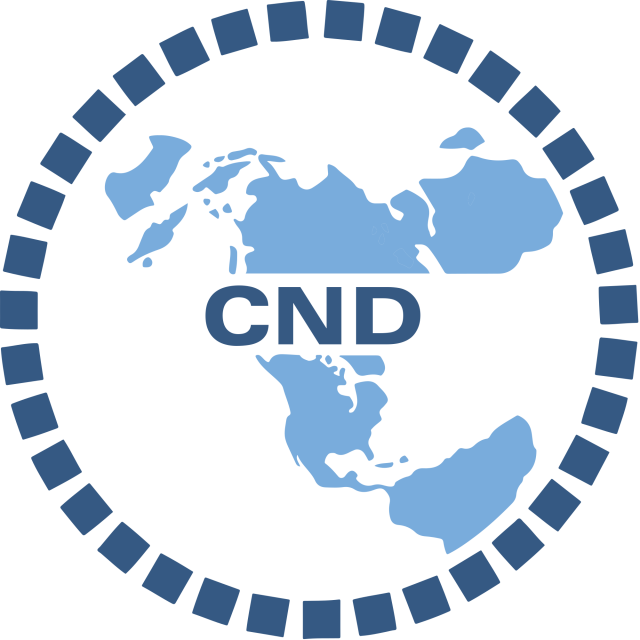Committee Overview
The Commission on Narcotic Drugs (CND) is a UN committee that focuses on drug-related issues worldwide. CND is a response to the strain on law enforcement and healthcare services globally as a result of illicit drugs. Its main job is to recommend policies to address various drug-related issues and decide which substances should be regulated internationally. The CND works under the United Nations Economic and Social Council (ECOSOC) and has the authority to review and assess international drug control treaties. It also helps regulate chemicals used in illegal drug production. The CND’s main goal is to guide countries in addressing the global drug trade. Drug law enforcement is handled by the International Narcotics Control Board (INCB). Since its creation in 1946, the CND has been crucial in shaping global drug policy. Today, CND can impact many aspects of the Sustainable Development Goals from peace and justice, to health and human rights, to the environment and equality.
Topic A: Eliminating the Production of Narcotic Crops
Narcotic crops are used to produce illegal drugs like heroin, cocaine, and hashish. In some countries, poor farmers may grow plants like opium and coca because they don’t have other profitable ways to earn money. Narcotic crops may fund criminal groups but also sustain farming families in rural areas. Simply destroying the illegal crops can hurt local farmers and make them targets of violence from drug cartels. Government-sponsored narcotic crop removal has caused people to lose their livelihoods, go hungry, and distrust their governments. Certain large-scale crop eradication methods have also harmed the land, water, and community health. Some Indigenous communities have also historically used narcotic crops in traditional or religious ways, so regulations should also consider these cultural practices. One solution may be to sponsor exchanging narcotic crops for legal crops like coffee, cocoa, or plants used for medicine. However, these substitutions take time, money, and new infrastructure. In committee, delegates can think about ways to expand crop replacement programs, improve roads and services in rural areas for better access to larger markets, and protect farmers who wish to stop growing narcotic crops. Countries should also prioritize international cooperation when monitoring and regulating the drug trade. Sharing information and tracking the movement of narcotic crops can help reduce illegal drug production.
Topic B: Enhancing Recovery Services with Drug Policy and Treatment
More than 50 million people around the world need help with drug addiction, but many do not get the support they need. Investing more money in treatment can help people be healthier, return to work, and lower the number of people imprisoned for drug-related crimes. Delegates in the Commission on Narcotic Drugs (CND) can help to create better drug policies focused on health. Helpful services for people who use drugs (PWUD) include detox programs, medical care, therapy, job training, housing, and education. Harm reduction programs, like needle exchanges and safe places to use drugs, can also save lives. More people today see addiction as a health issue, not just a crime. In 2018 with the “Common Position on Drug Policy,” the United Nations said that drug policies should promote health, human rights, and development. Treatment should respect individuals and reduce shame around drug use. Even in wealthy countries, certain communities do not have enough treatment centers, trained workers, or financial support. Thus, people in rural areas or impoverished communities do not always get help. Factors like gender, race, money, and age also affect how PWUD get treatment. Some countries, like Canada, Portugal, and the Netherlands, support harm reduction and may allow supervised drug use. However, other states have stricter drug laws and may be hesitant about decriminalization or supervised use. A challenge in this committee will be finding consensus between countries with vastly different drug laws, social values, and infrastructure capacities.

